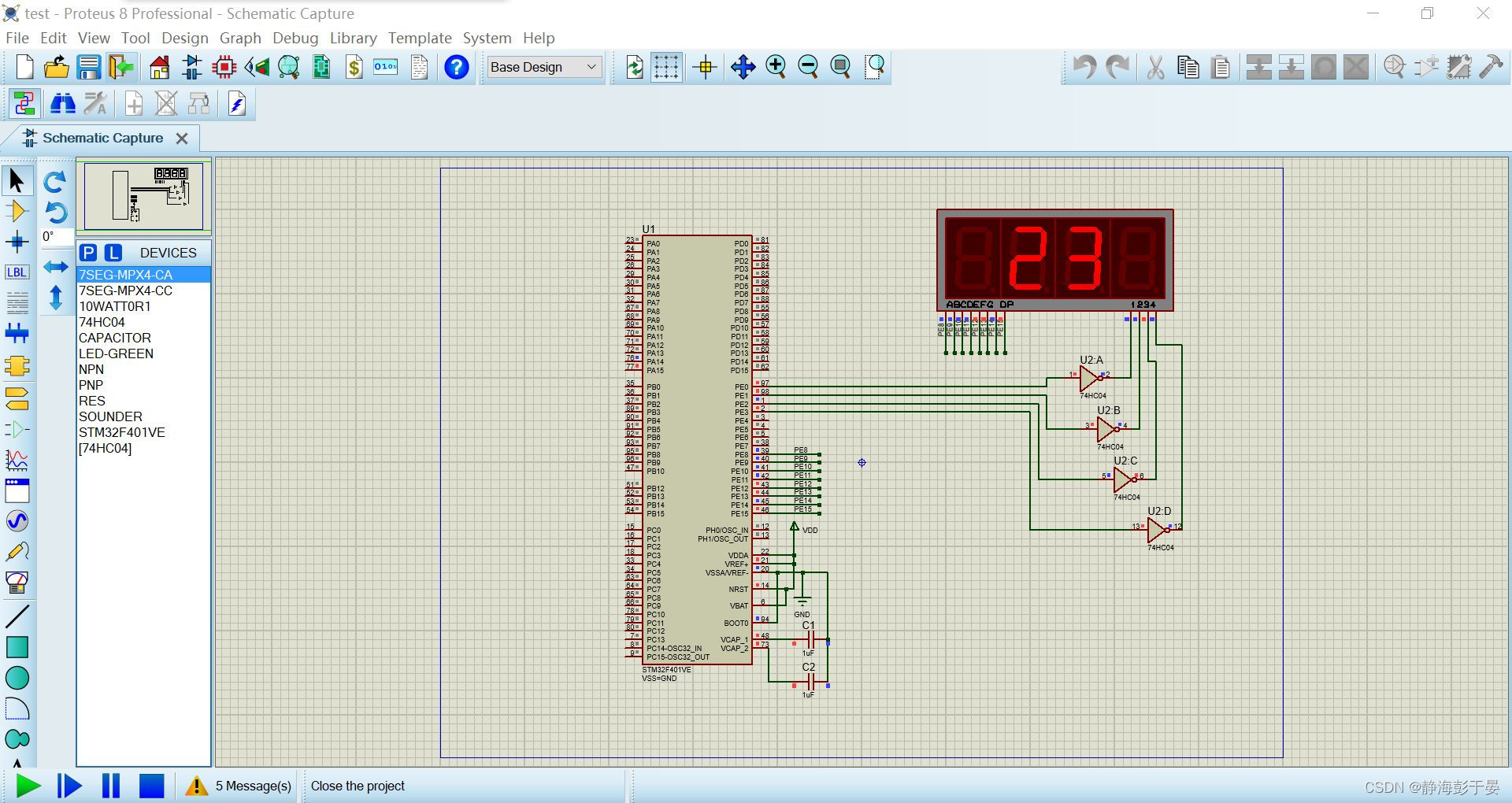
引脚初始化
void SEG_Init(void)
{
GPIO_InitTypeDef GPIO_InitStructure;
RCC_AHB1PeriphClockCmd(RCC_AHB1Periph_GPIOE, ENABLE);//ʹÄÜGPIOEʱÖÓ
GPIO_InitStructure.GPIO_Pin=GPIO_Pin_0 | GPIO_Pin_1 | GPIO_Pin_2 | GPIO_Pin_3 | GPIO_Pin_8 | GPIO_Pin_9 | GPIO_Pin_10 | GPIO_Pin_11 | GPIO_Pin_12 | GPIO_Pin_13 | GPIO_Pin_14 | GPIO_Pin_15;
GPIO_InitStructure.GPIO_Mode=GPIO_Mode_OUT;//ÆÕͨÊä³öģʽ
GPIO_InitStructure.GPIO_PuPd=GPIO_PuPd_UP;//ÉÏÀ
GPIO_InitStructure.GPIO_OType=GPIO_OType_PP;//ÍÆÍìÊä³ö
GPIO_InitStructure.GPIO_Speed=GPIO_Speed_100MHz;//100MHz
GPIO_Init(GPIOE,&GPIO_InitStructure);//³õʼ»¯
GPIO_SetBits(GPIOE,GPIO_Pin_0 | GPIO_Pin_1 |









 最低0.47元/天 解锁文章
最低0.47元/天 解锁文章















 655
655











 被折叠的 条评论
为什么被折叠?
被折叠的 条评论
为什么被折叠?










